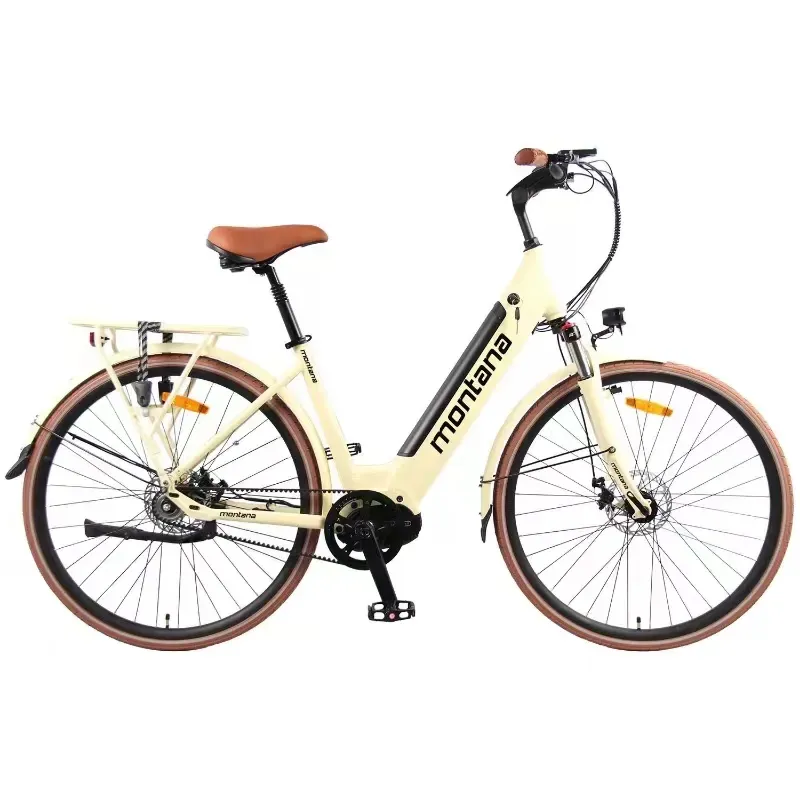
- Afrikaans
- Albanian
- Amharic
- Arabic
- Armenian
- Azerbaijani
- Basque
- Belarusian
- Bengali
- Bosnian
- Bulgarian
- Catalan
- Cebuano
- Corsican
- Croatian
- Czech
- Danish
- Dutch
- English
- Esperanto
- Estonian
- Finnish
- French
- Frisian
- Galician
- Georgian
- German
- Greek
- Gujarati
- Haitian Creole
- hausa
- hawaiian
- Hebrew
- Hindi
- Miao
- Hungarian
- Icelandic
- igbo
- Indonesian
- irish
- Italian
- Japanese
- Javanese
- Kannada
- kazakh
- Khmer
- Rwandese
- Korean
- Kurdish
- Kyrgyz
- Lao
- Latin
- Latvian
- Lithuanian
- Luxembourgish
- Macedonian
- Malgashi
- Malay
- Malayalam
- Maltese
- Maori
- Marathi
- Mongolian
- Myanmar
- Nepali
- Norwegian
- Norwegian
- Occitan
- Pashto
- Persian
- Polish
- Portuguese
- Punjabi
- Romanian
- Russian
- Samoan
- Scottish Gaelic
- Serbian
- Sesotho
- Shona
- Sindhi
- Sinhala
- Slovak
- Slovenian
- Somali
- Spanish
- Sundanese
- Swahili
- Swedish
- Tagalog
- Tajik
- Tamil
- Tatar
- Telugu
- Thai
- Turkish
- Turkmen
- Ukrainian
- Urdu
- Uighur
- Uzbek
- Vietnamese
- Welsh
- Bantu
- Yiddish
- Yoruba
- Zulu
Jan . 23, 2025 05:10 Back to list
New National Standard Electric Bicycle 48V20AH Men′s and Women′s Two Wheel Electric Bicycles Hot Sale
Simple electric bikes have revolutionized urban transport, providing an efficient, eco-friendly, and cost-effective solution for daily commuting. As more individuals seek sustainable travel options, the popularity of these bikes continues to rise. However, to truly appreciate the surge in interest, one must delve into the real-world experiences, professional insights, and the authoritative endorsements they have garnered globally.
Trustworthiness is an essential criterion for potential buyers, and simple electric bikes have not disappointed. The market showcases numerous brands that have built reputations for producing reliable and safe bikes. Many manufacturers deliver straightforward warranties and customer service, ensuring buyers have confidence in their investment. Reviews and testimonials online attest to the durability and functionality of these bikes, with users frequently citing smooth operation and robust performance. Experts suggest that evaluating the components, such as battery life, motor strength, and charge time, is crucial when considering a purchase. A reputable simple electric bike will typically feature a lithium-ion battery with a decent range, approximately 20 to 50 miles on a full charge, depending on terrain and other factors. The motor should provide enough power to aid in uphill climbs without dramatically draining the battery. Knowledgeable sellers can guide potential customers, ensuring they choose a model suited to their specific commuting needs. Price remains a pivotal factor; however, the long-term savings on fuel, parking, and public transit costs cannot be overstated. Many find that the initial investment is offset by the convenience and cost savings inherent in electric bike commuting. Moreover, as technology advances and scales production, the cost barriers continue to decrease, making them more accessible to a broader constituency. Overall, the integration of simple electric bikes into daily life represents a shift towards smart, sustainable living. They embody a blend of cutting-edge design and environmental consciousness, offering a viable alternative to conventional methods of commuting. With growing urban populations and the ever-pressing need to reduce emissions, simple electric bikes stand not just as a trend but as a significant component of the urban ecosystem. Embracing this change means investing in a mode of transport that values the planet, innovation, and the future of mobility.


Trustworthiness is an essential criterion for potential buyers, and simple electric bikes have not disappointed. The market showcases numerous brands that have built reputations for producing reliable and safe bikes. Many manufacturers deliver straightforward warranties and customer service, ensuring buyers have confidence in their investment. Reviews and testimonials online attest to the durability and functionality of these bikes, with users frequently citing smooth operation and robust performance. Experts suggest that evaluating the components, such as battery life, motor strength, and charge time, is crucial when considering a purchase. A reputable simple electric bike will typically feature a lithium-ion battery with a decent range, approximately 20 to 50 miles on a full charge, depending on terrain and other factors. The motor should provide enough power to aid in uphill climbs without dramatically draining the battery. Knowledgeable sellers can guide potential customers, ensuring they choose a model suited to their specific commuting needs. Price remains a pivotal factor; however, the long-term savings on fuel, parking, and public transit costs cannot be overstated. Many find that the initial investment is offset by the convenience and cost savings inherent in electric bike commuting. Moreover, as technology advances and scales production, the cost barriers continue to decrease, making them more accessible to a broader constituency. Overall, the integration of simple electric bikes into daily life represents a shift towards smart, sustainable living. They embody a blend of cutting-edge design and environmental consciousness, offering a viable alternative to conventional methods of commuting. With growing urban populations and the ever-pressing need to reduce emissions, simple electric bikes stand not just as a trend but as a significant component of the urban ecosystem. Embracing this change means investing in a mode of transport that values the planet, innovation, and the future of mobility.
Latest news
-
The Ultimate Kids' Four-Wheeler Experience
NewsJul.09,2025
-
The Ultimate Guide to Mountain Bikes: Gear Up for Your Ride
NewsJul.09,2025
-
The New Age of Cycling: Electric Bikes for Every Rider
NewsJul.09,2025
-
The Best Kids Bicycles: Ride in Style and Safety
NewsJul.09,2025
-
The Best 3-Wheel Scooters for Kids: Fun, Safety, and Adventure
NewsJul.09,2025
-
Revolutionize Your Ride: Affordable Electric Bikes
NewsJul.09,2025
-
Finding the Perfect Mountain Bike for Every Rider
NewsJul.09,2025



